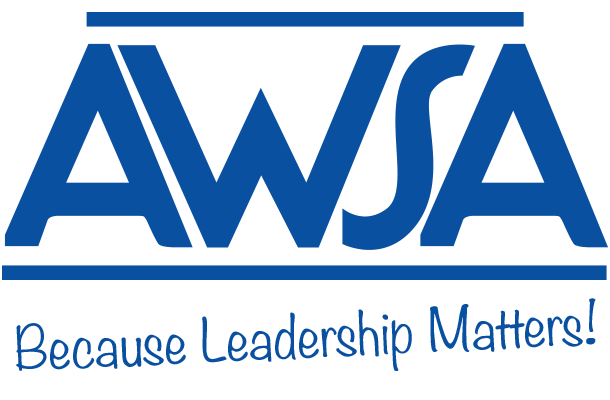Leading Collaborative Teams that Impact Achievement and EngagementBy Tammy Gibbons, Director of Professional Learning, AWSA We have long known that collaboration and collective efficacy can transform outcomes for kids. The state of Wisconsin, our school districts, have sent thousands of teams to institutes and professional learning opportunities focused on collaborative teams. Solution Tree coined the term “Professional Learning Community” almost 30 years ago and its tenets, systems, and tools are used worldwide. Yet, collaborative teams often get stuck in unit planning or sorting students based on assessment results and never get to the heart of the primary role of the PLC. If you asked your staff, “What is the primary role of our collaborative teams?”, which of these might they identify?
Likely, the answers you hear are a range of many of these if not all. However, collaborative teaming really means “Educators who are committed to working collaboratively in ongoing processes of collective inquiry and action research in order to achieve better results for the students they serve. PLC’s operate under the assumption that the key to improved learning for students is continuous, job-embedded learning for educators.” (DuFour, Dufour, Eaker & Many, 2007). Therefore, the impact of the team is predicated on the educator's belief and commitment to, engaging in adult learning around the things the data is telling them. Does the data suggest that our assessment quality is low? Does the data suggest that managing and planning for small group instruction is an area of growth for us? Could it be that the planning of our instruction is focused at the activity level and not on authentic engagement or conceptual understanding? Many teams get stuck in a cycle that plays it safe. Create a unit, identify an assessment, execute the unit, and review the data. And then the cycle starts over and likely increases the amount of students being slated for Tier 2 and 3 interventions when we haven’t even discussed the impact of Tier 1 instruction. A high-performing team takes full responsibility for the results of their students and is committed to reflecting on the instructional moves they made that may have garnered those results. John Saphier calls this “non-defensive self-examination of student results”. Which ultimately means, during collaborative team time, high-performing cultures don’t throw out phrases like, “well those kids…” or “but it makes sense because she has an IEP”. External circumstances don’t get thrown around as reasons for underperformance. When teams acknowledge that the time they spend together enhances the performance of both students and the educators, the momentum and impact increase. Schools that view collaborative teaming as a task, rarely feel a significant impact of the time spent together. Teams who look forward to the time to discuss the impact of their instruction and assessment techniques, are those who are skilled enough to adjust their practices, reflective enough to acknowledge their own contributions to results and engagement, and trusting enough to recognize that alone we can do so little, together we can do so much. As a school leader, ensuring that your school has the practical knowledge, the formal commitments, and a manageable system for collaborative teams to increase their impact requires deep learning into what it actually means to be a professional learning community. It’s not something we do, it’s something we are. |
